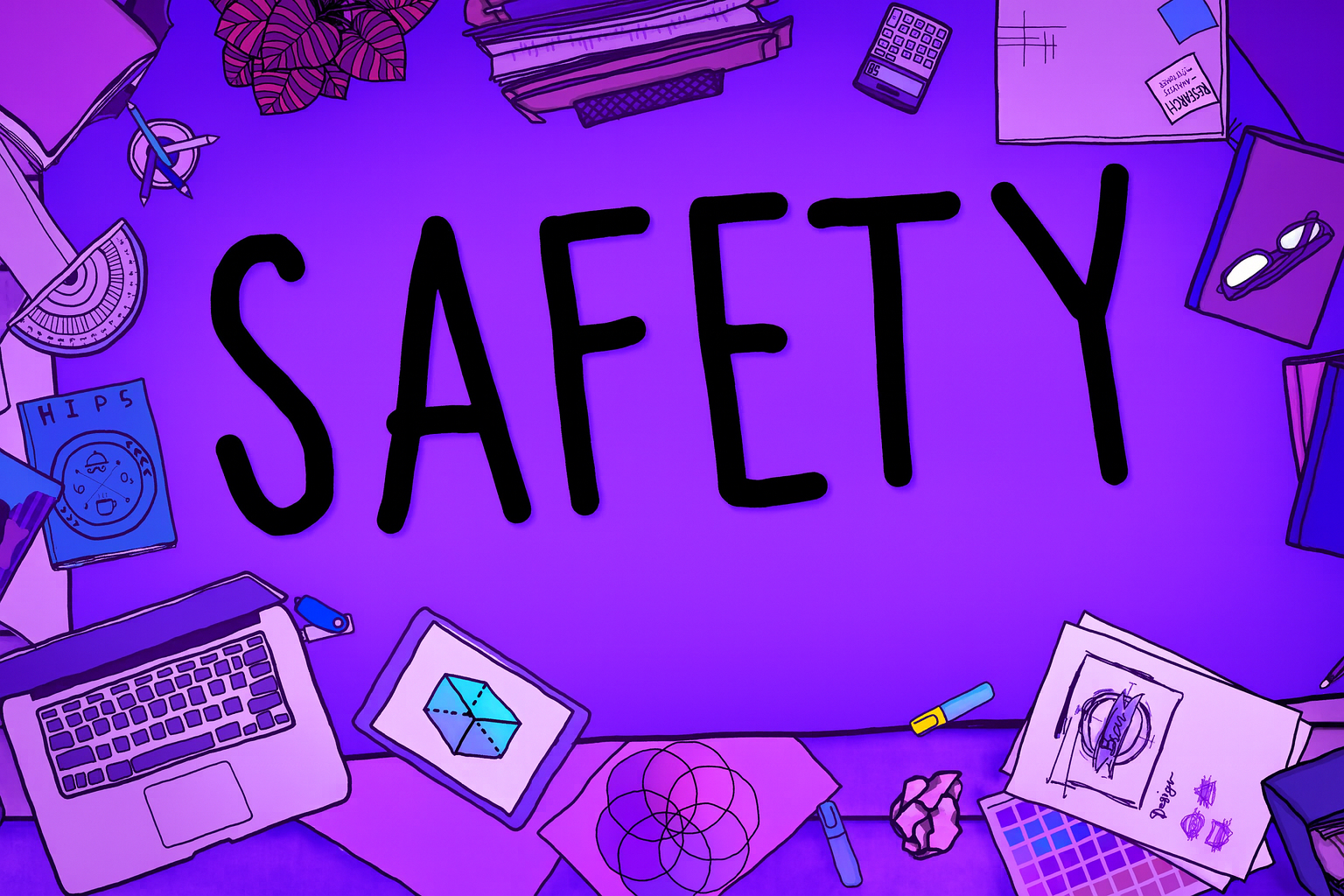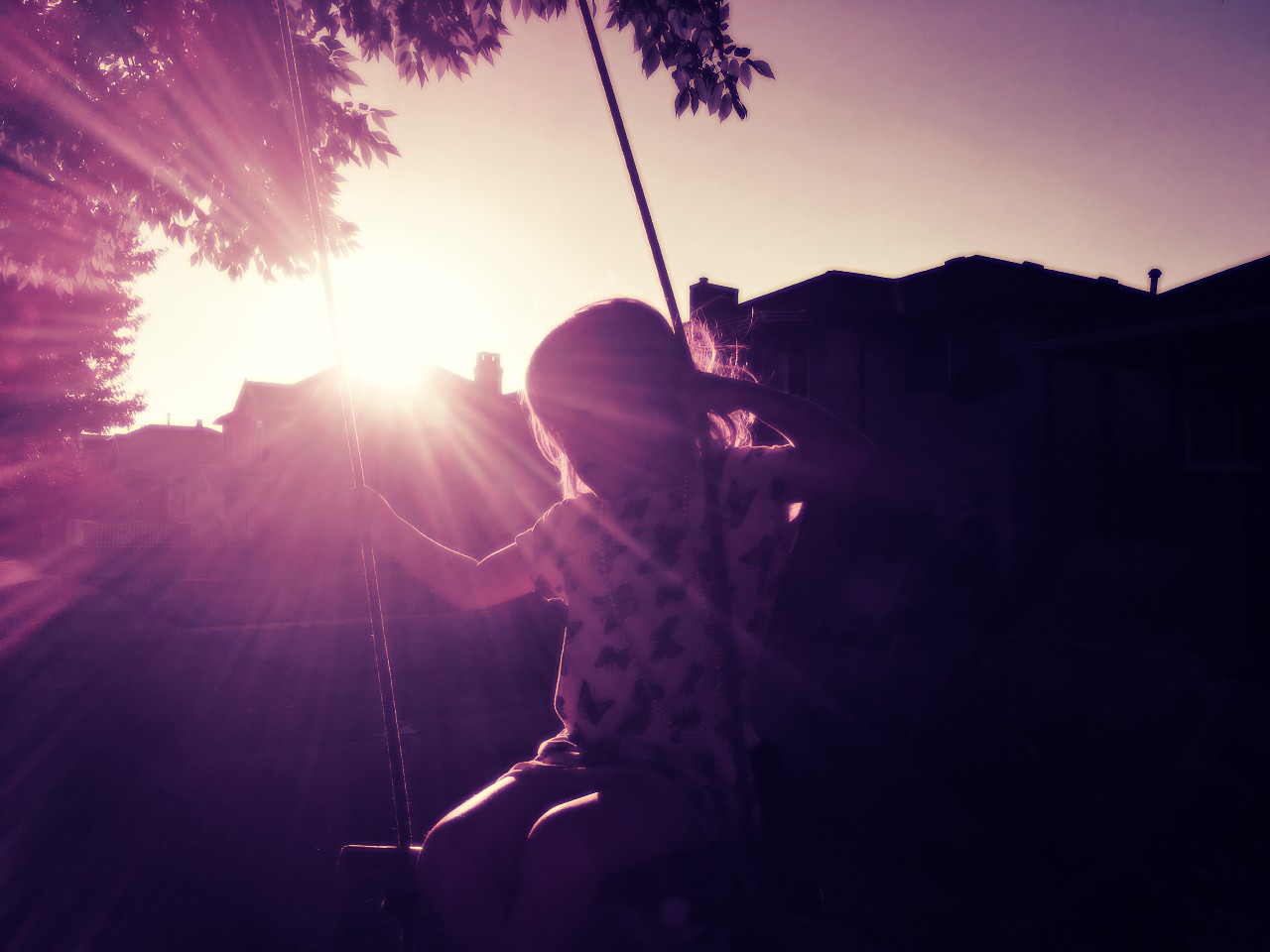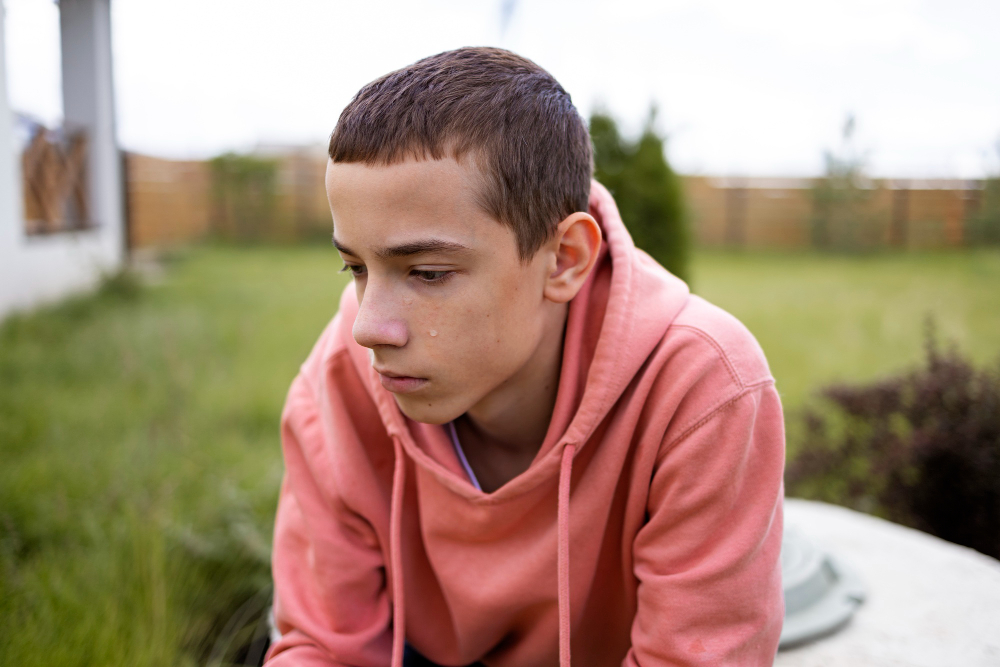When a parent hears the words safety plan, there is often a breath held in the chest — a brief hope that the school has recognised the reality of the child’s distress, that they have stepped back to consider what would truly help, that they are inviting the parent to build something together that will let the child stay in community without fear. It feels like a promise of prevention, of care, of tailored support.
What I know now is that many of those plans are less about the child and more about the system — less about prevention and more about liability. The plan is a document that sits atop a purchased program, a program that dictates language, body positioning, and thresholds for escalation, a program selected as much for its legal defensibility as for anything it might offer in the moment.
The Canary Collective’s new post, What Parents Aren’t Told About Crisis Intervention: The Hidden Business of Managing Student Behaviour, lifts the lid on this industry. Wren traces the billion-dollar corporate trail behind programs like the Crisis Prevention Institute, which is owned by a European private equity firm and sold to school districts as the gold standard for “managing” behaviour. They show how these programs are not neutral tools, but products with licensing fees, recertification requirements, and proprietary scripts — products that shape how staff see a child, how they respond to distress, and when they decide a child should be removed.
Read the full Canary Collective post here →
The mismatch between scripts and children
If your child has a profile like my son’s — a pathological demand avoidance profile that turns even small perceived demands into overwhelming threat responses — the gulf between what is written in those corporate scripts and what your child needs can feel unbridgeable. A plan that tells staff to issue clear verbal instructions, maintain a “safe” distance, and clear the room may check boxes for the program, but it escalates fear in a child whose distress comes from feeling controlled, isolated, and surveilled.
-
I only asked for gentleness: on parenting a PDA child in a punishing world
There is a certain kind of child—intuitive, emotionally articulate, wired with a startling perceptiveness about power and tone, about coercion and choice, about the invisible terms of adult authority—whose presence in the classroom becomes, almost immediately, a threat to the institution’s rhythm, a…
Safety for the system is not safety for the child
The Canary Collective piece makes clear what so many families learn the hard way: these plans protect the system first. They offer the school a shield against complaints, they standardise responses so staff can be said to have done the right thing, and they create a paper trail that shows compliance.
What they do not do is address the conditions that caused the child’s distress in the first place. They do not look at the sensory load of the classroom, the demands piled onto an already strained nervous system, the social dynamics that create anxiety, or the cumulative harm of repeated exclusion. They are reactive by design. The intervention happens only when the crisis is already underway.
-
Debility versus disability: what the system cannot acknowledge
My son Robin took to bed two weeks before March break. He had been…
What parents can do
Parents have more power than they are often told. You can ask to see the full program your district uses, the cost of licensing, the research behind it, and the training materials provided to staff. You can refuse to sign a plan that includes exclusion — formal or informal — as a response to distress. You can ask for proactive measures that adjust environments and expectations before harm happens, rather than relying on scripts to contain harm once it has begun.
And you can connect the dots for others. You can show how a corporate behaviour management model is part of the same culture that uses collective punishment, isolation, and denial of accommodations to control children. You can bring the conversation back to prevention, to environmental change, to trust and relationship.
Read, share, connect
The Canary Collective has done vital work exposing the hidden business behind crisis intervention. Their piece gives parents language and facts to challenge the assumption that safety plans are inherently supportive. It makes visible the corporate and legal priorities that sit behind the language of care.
Read it. Share it. And when the next “safety plan” is put on the table for your child, remember that you have the right — and the responsibility — to ask who this plan is really protecting.
Read the full Canary Collective post here →
-
The right amount of agony in BC schools
After watching my children endure eight years of institutional failure, eight years of exclusion disguised as discipline and support withheld under the language of inclusion, I have come to several conclusions. Certain forms of suffering—like being agonised inside—do not draw support because they…










